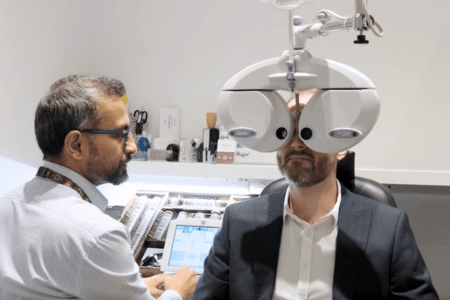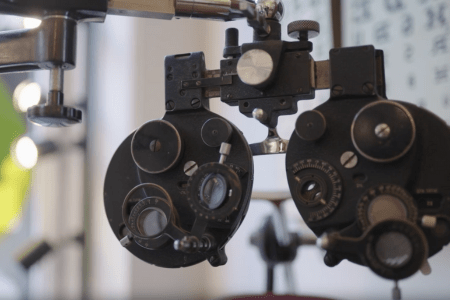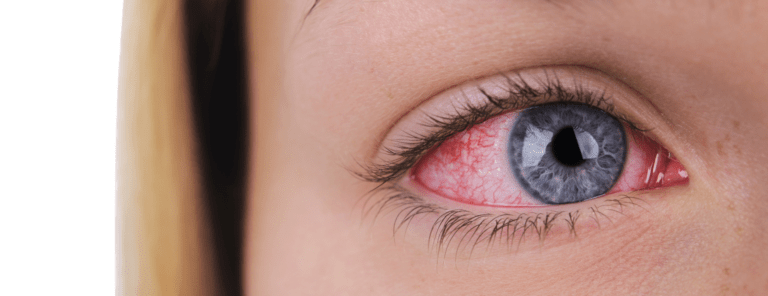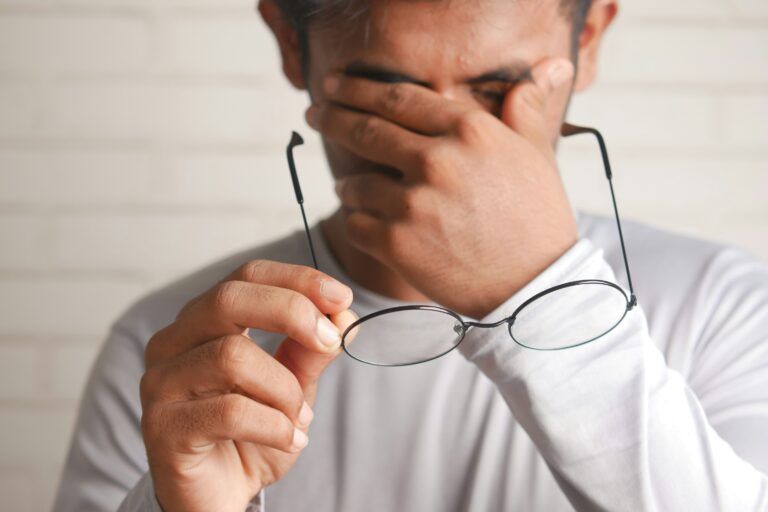
If you’re reading this, it is likely you are interested in Punctal Plugs for dry eye relief.
You may have some unanswered questions stopping you from committing to taking the next step, and that’s okay. We’ve compiled our most frequently asked questions about Punctal Plugs for dry eye relief for our optometrist, Mrs Fazlin Jetha to answer:
What are Punctal Plugs made of?
How often would I need follow-up appointments?
Is it possible to wear contact lenses with the plugs?
Do punctal plugs move after insertion?
Can I wear makeup with Punctal Plugs?
Can I swim with Punctal Plugs?
What if I experience discomfort or movement?
What are Punctal Plugs made of?
Punctal plugs can be made of various materials, including silicone, collagen, and dissolvable materials. These materials are biocompatible and safe for use in the eye. The choice of material depends on factors such as the individual’s needs, preferences, and the recommendation of the healthcare professional. We’ll discuss which option is best for you before we go ahead with the procedure.
How often would I need follow-up appointments?
The frequency of follow-up appointments after placement can vary depending on individual circumstances and the specific recommendation of your optometrist. In general, follow-up appointments are typically scheduled a few weeks after the initial placement of the plugs to assess their effectiveness and address any concerns or adjustments needed. Afterward, follow-up visits may be scheduled at regular intervals to monitor the plugs’ performance, evaluate symptoms, and ensure ongoing eye health. It is important to follow the guidance of your eye care provider regarding the timing and frequency of follow-up appointments.
Is it possible to wear contact lenses with the plugs?
In most cases, it is possible to wear contact lenses with punctal plugs. Punctal plugs do not directly interfere with the use of contact lenses as they are inserted into the tear ducts to help retain tears. However, it is important to consult with your optometrist to determine the compatibility of wearing contact lenses and punctal plugs in your specific situation.
Your optometrist will consider factors such as the type and design of the punctal plugs, your contact lens prescription, and the overall health of your eyes. They will provide guidance on whether it is safe and appropriate to wear contact lenses with punctal plugs, as well as any specific recommendations or precautions to follow.
It is crucial to communicate your desire to wear contact lenses to your optometrist so that they can evaluate your individual needs and provide personalised advice.
Do punctal plugs move after insertion?
Punctal plugs are designed to stay in place once they are inserted into the tear ducts. They are typically made of materials that promote tissue adherence and help secure them in position. However, in some cases, punctal plugs may shift or become dislodged over time.
The movement or displacement of punctal plugs can be influenced by various factors, such as blinking, eye rubbing, tear production, and individual anatomy. It is also possible for plugs to migrate or be expelled due to certain activities or conditions, such as vigorous rubbing of the eyes, trauma, or excessive tear flow.
If you notice any changes in the position or stability of your punctal plugs, it is important to consult with your optometrist. They can assess the situation, determine if any adjustments or replacements are necessary, and provide guidance on proper care and maintenance of the plugs to minimise the risk of movement.
Regular follow-up appointments with your optometrist are recommended to monitor the effectiveness and stability of the punctal plugs and address any issues that may arise.
Can I wear makeup with Punctal Plugs?
Yes, you can typically wear makeup with punctal plugs. However, it’s important to exercise some caution and follow certain guidelines to ensure the safety and effectiveness of the plugs:
- Choose makeup products wisely: Opt for oil-free or water-based cosmetics, as oil-based products can potentially interfere with the function of punctal plugs. Look for eye makeup labelled as “safe for contact lens wearers” or “ophthalmologist-tested.”
- Apply makeup carefully: When applying makeup around the eyes, be gentle and avoid direct contact with the punctal plugs. It’s advisable to avoid applying excessive pressure or tugging on the plugs.
- Remove makeup properly: Take care when removing eye makeup to avoid dislodging the plugs. Use a gentle, non-irritating makeup remover. Consider using makeup removal wipes or pads instead of cotton balls or swabs that could catch on the plugs.
- Maintain good hygiene: Keep your makeup brushes and applicators clean to minimise the risk of introducing bacteria or debris into the eye area. Avoid sharing makeup products with others to reduce the risk of infection.
If you have any concerns or questions about wearing makeup with punctal plugs, it’s best to consult with your optometrist. They can provide personalised advice and help ensure that you can safely wear makeup while using punctal plugs.
Can I swim with Punctal Plugs?
You should not go swimming for 2 weeks after your procedure but afterwards you can do all activities as normal. However, it is generally not recommended to swim with punctal plugs. Swimming in water, especially in pools, lakes, or oceans, can introduce various contaminants and microorganisms that may increase the risk of infection.
If you need to swim or engage in water activities, it’s best to consult with your optometrist. They can provide specific guidance based on your individual circumstances and advise you on the best course of action. In some cases, they may recommend wearing protective eyewear or using swimming goggles to minimize the risk of water exposure to the eyes.
What if I experience discomfort or movement?
If you experience discomfort or movement of your punctal plugs, it’s important to contact your optometrist for further evaluation. Discomfort or movement of the punctal plugs could indicate a potential issue such as improper fit, blockage, or dislodgment.
Your optometrist may need to examine the plugs, adjust their position, or possibly remove and replace them if necessary. It’s crucial not to attempt any self-adjustment or removal without professional guidance to avoid potential complications or damage to your eyes.
Remember, everyone’s experience with punctal plugs may vary, and it’s important to communicate any concerns or issues with your eye care professional. They are best equipped to provide personalised advice and ensure your eye health and comfort.
Book your eye examination online.








